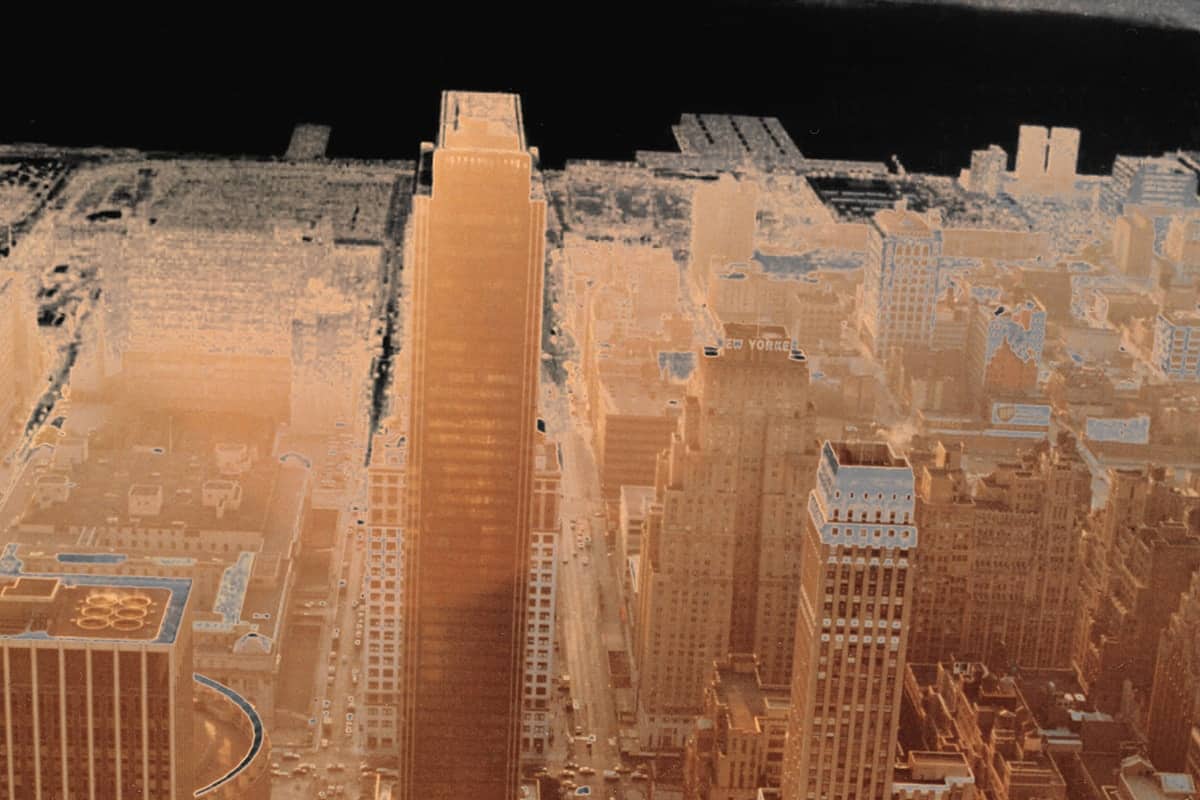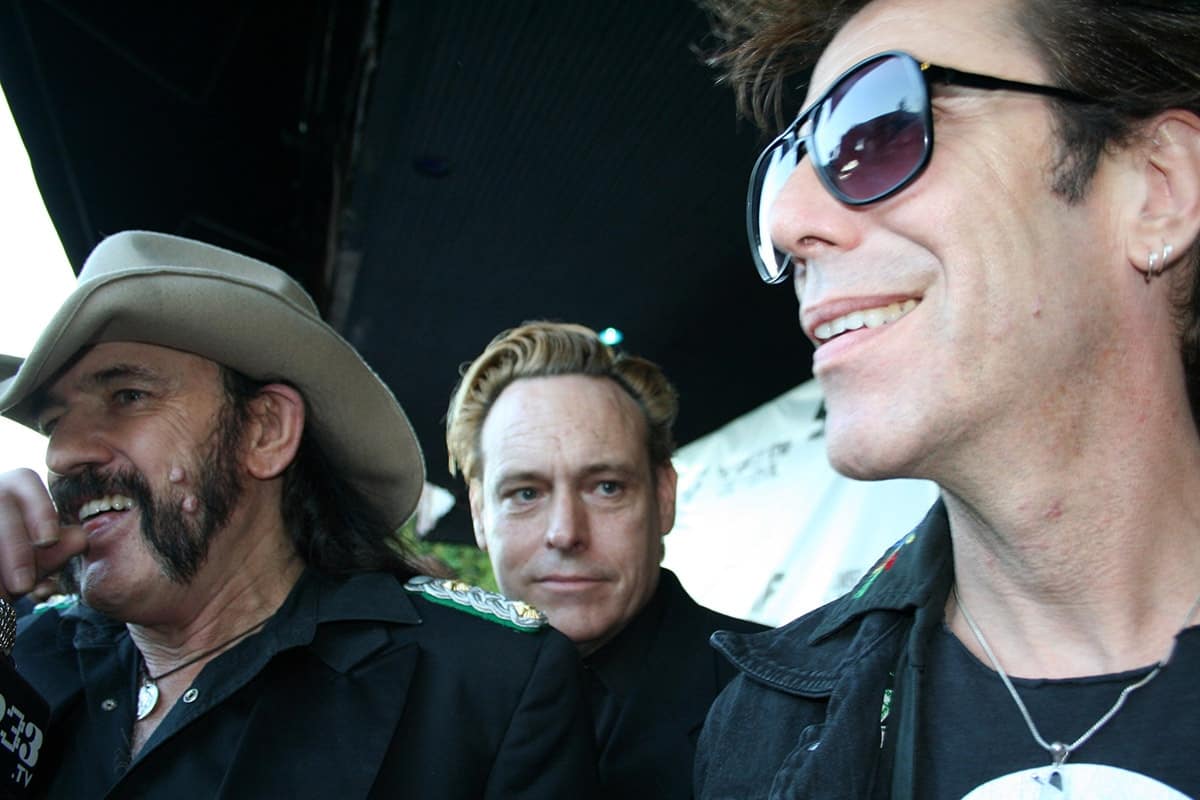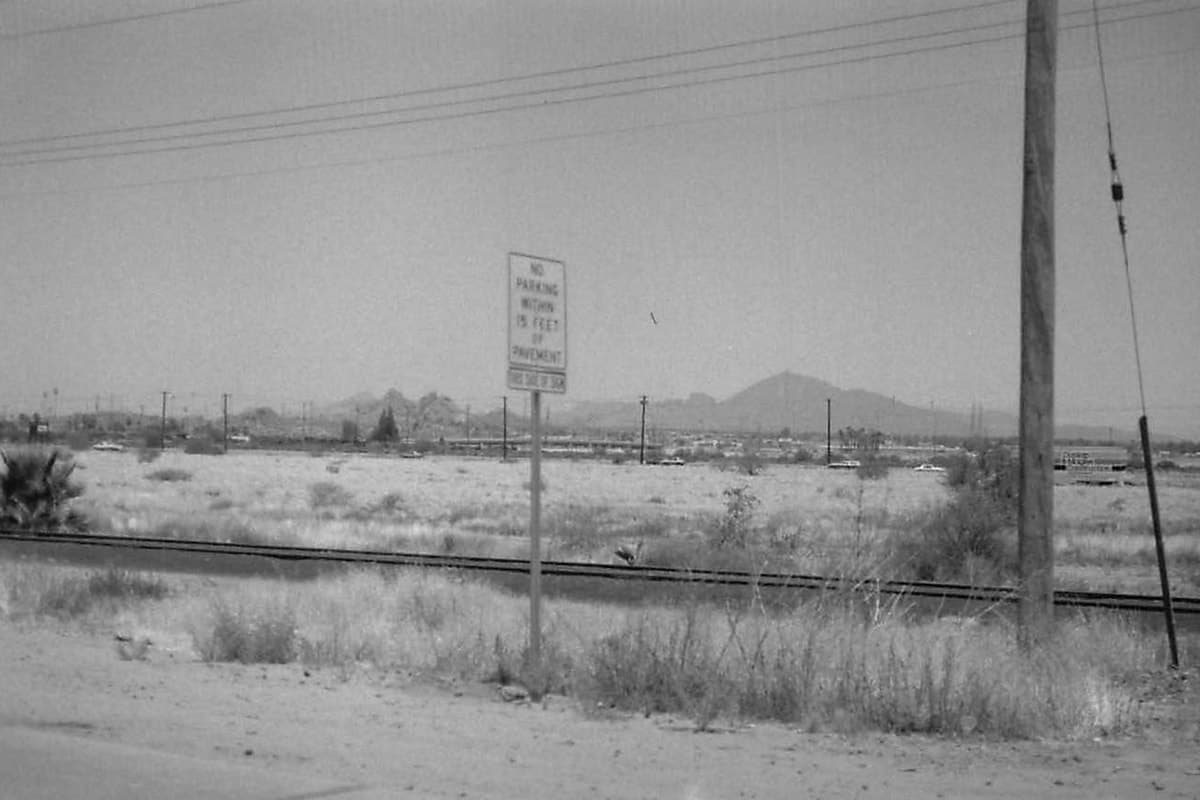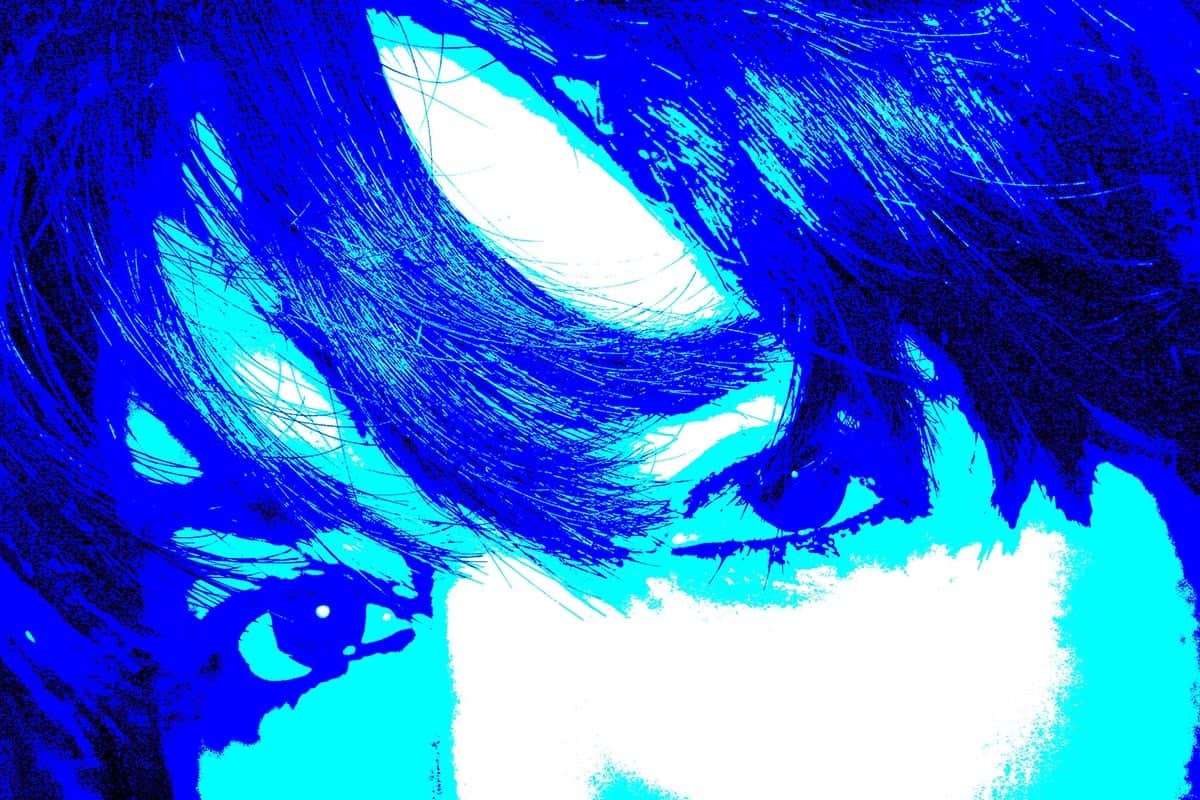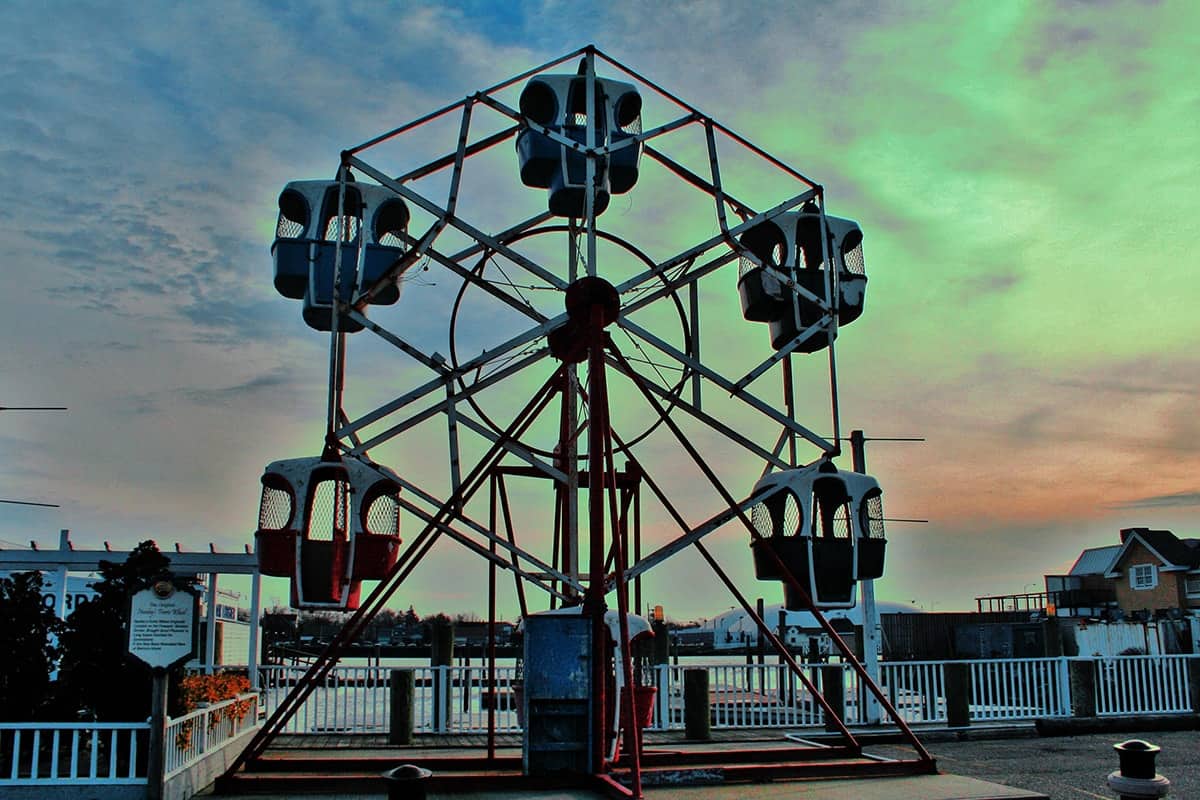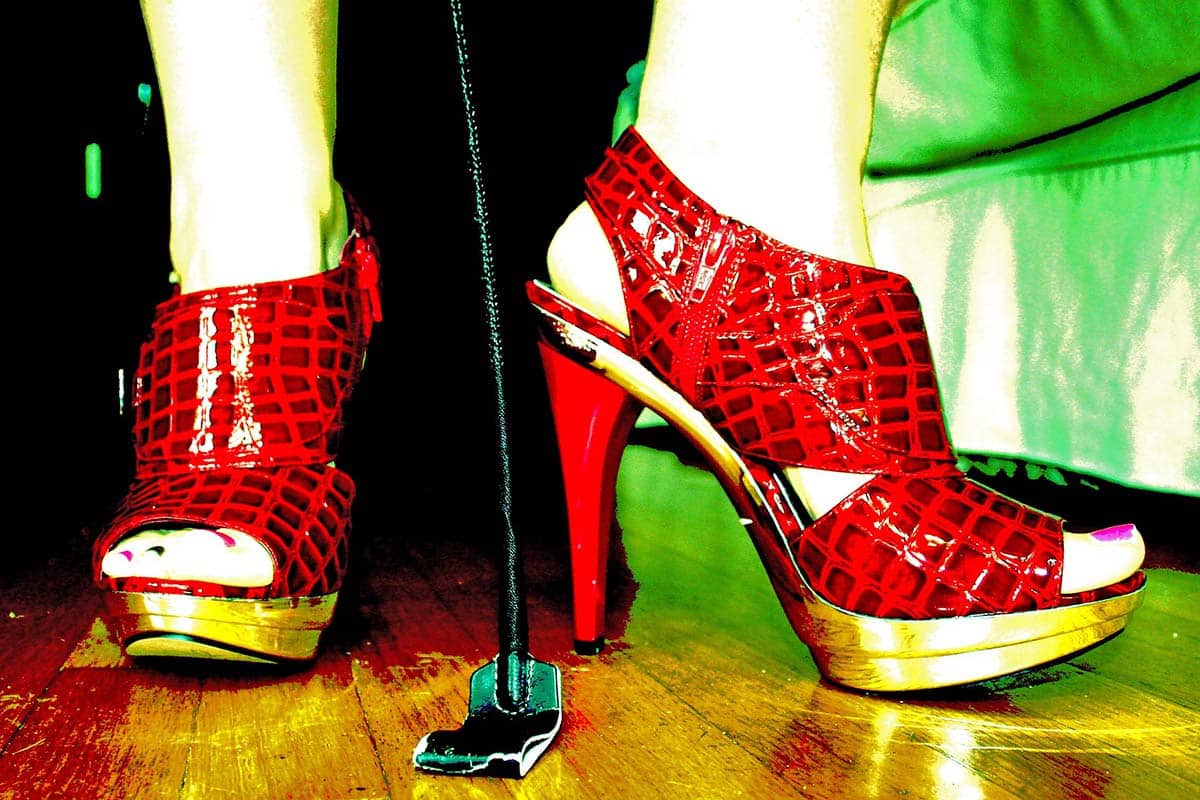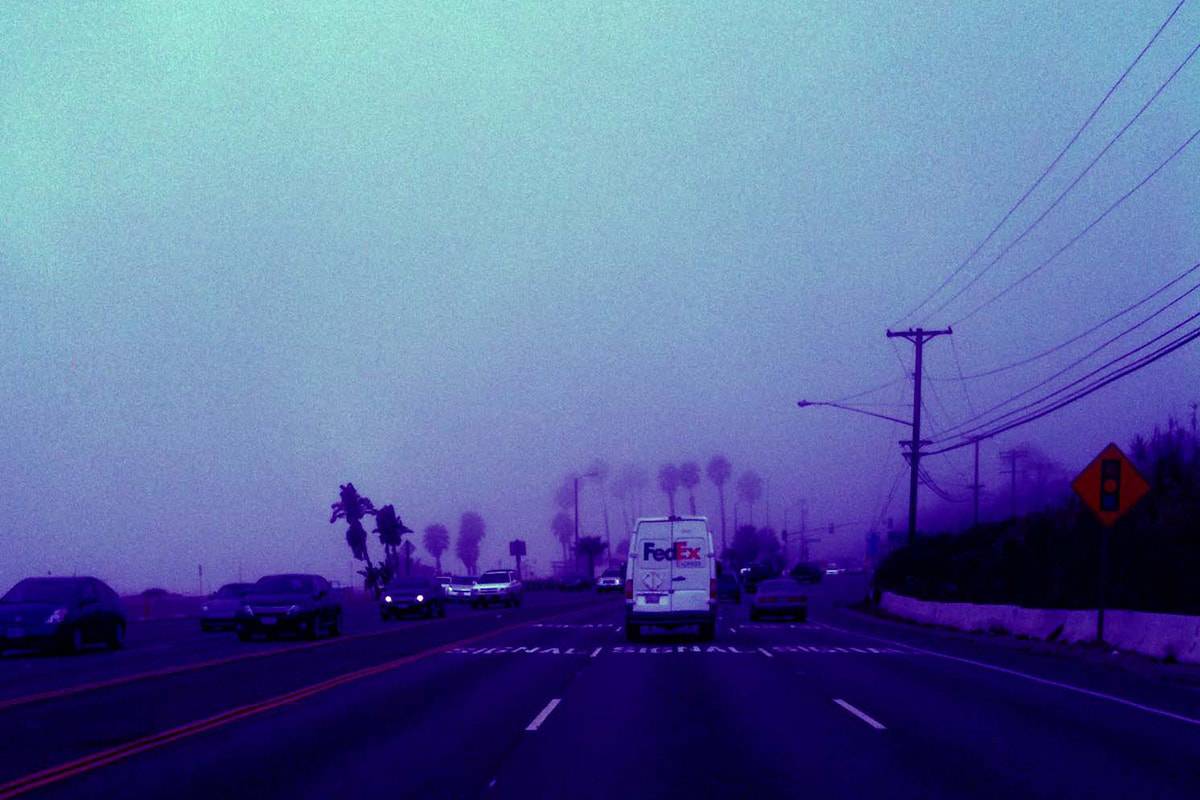The Rift
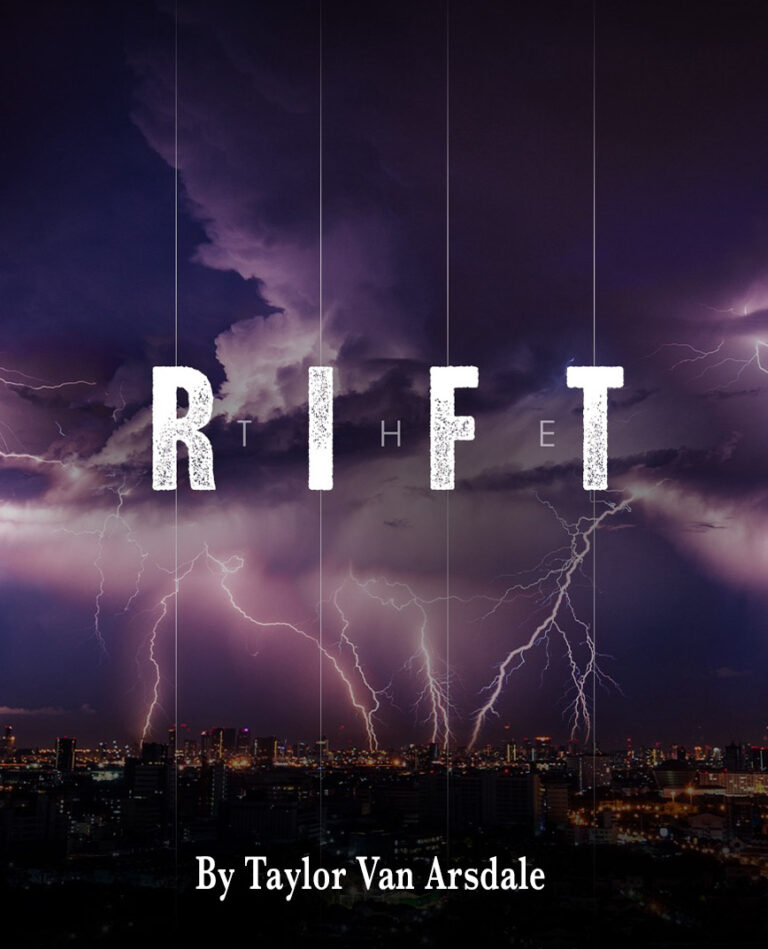
At the start of our story a global event—a sky flash—signifies contact from The Rift.
Unbeknownst to our main characters, the event has been triggered by scientists during a test with the Large Hadron Collider (“LHC”) at the CERN Laboratory in France. The scientists are simply hoping to find the elusive “God Particle.” However, their unsanctioned experiment coincides with an event in a parallel universe—and the result here on earth, causes a 130,000 people in comas around the world to wake up.
Think of it—over 130,000 people in comas virtually rising from the dead. How would the media handle it? How would the doctors? How would the families feel? Would they be happy? Relieved? Sad? Angry? It would depend, wouldn’t it? This is one element we explore throughout the story—how our protagonists deal with the sudden reappearance of nearly dead, loved ones. How it affects them on an emotional and physical level, and how this re-emergence changes their lives—for better or worse.
At the heart of our story are FIVE ORDINARY PEOPLE, people just like us, who are able to overcome their weaknesses and foibles, and despite insurmountable odds, join together during a global pandemic to thwart an alien takeover from a parallel universe—even when no one on earth is willing to believe them.
THE RIFT is a MEDICAL, SCI-FI, THRILLER—in the vein of Crichton and King. The series takes an already paranoid society, one on of the verge of war, plagued with fears of bio-terrorism, and rife with conspiracy theories—and plays upon them, then ups the stakes by throwing a worldwide cover-up of an alien invasion into the mix. Aliens, by the way, that look just like us—because, well, they are us; another version of us.
Cocaine to Bain
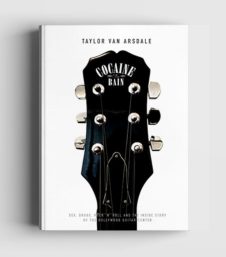
Skeeter

It’s 2070. New York City is no more—it was decimated long ago—and Long Island’s Five Towns is one of the last bastions of civilization and one saturated with contradiction. A brutal police force flies on hovercrafts, but the roads are covered in weeds. Nanotechnology can cure any disease, yet genetically deformed “Skeeters” are left untreated and persecuted. Gatherings of three or more are illegal, but government sanctioned football games are mandatory. The slightest drug infraction can lead to instant death; and joining the dreaded Watch Detail may be the only hope for a future.
This is not a world where you stand up for what’s right. But then, our protagonist, Violet Mitchell isn’t here to make waves. She’s just trying to fit in. Find a boyfriend. Evade eradication. Along with her peers, she responds to her society the only way she knows how: she parties hard, and tries to forget herself in the high of drugs. But when Violet moves to the Five Towns, she does the unthinkable; she befriends Hackett—a Skeeter.
Hackett introduces Violet to the unimaginable—illegal music, clandestine parties, old-world opulence, black market goods—and Violet begins to transform. But soon Violet will have to make a decision between friendship and her love for a Jon Leyton, a young boy in the Watch Detail—between two relationships, between two ways of life. Torn between her loyalty for her best friend and her love for Jon, Violet faces a grave moral dilemma as she struggles to find her place in the world.
Skeeter is a dystopian story, but not one you’ve seen before. It is a story of choice and how the fate of one’s life hangs by the thread of it. Gritty and stark, in the style of Hinton and Cormier, this standalone novel focuses on emotional coming-of-age in a harrowing, high-stakes world. Poised to reinvigorate the YA dystopian genre with a more mature, introspective turn, Skeeter questions the very possibility of moral choice in an immoral world.
Because in the future, we are all compromised.

